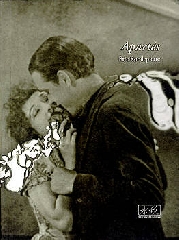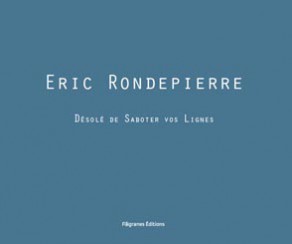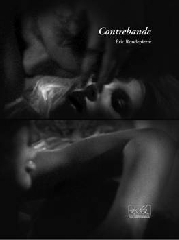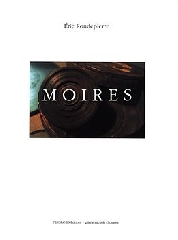– Graduate of the Ecole des Beaux-Arts de Paris, (drawing, printmaking).
– Doctorate in Aesthetics (Thesis on “Les yeux verts” by Marguerite Duras, Paris I University,).
– Aggregation in Visual Arts.
MA thesis on the theatre of S. I. Witkiewicz (Paris 1, 1976), and a DEA in comparative literature on “Written images” (Paris VII University, 1983). His multidisciplinary training and personal tastes have taken him in several directions. As a professional actor he has worked in France and Europe with directors such as Pierre Chabert, Le Théâtre d’En face and Bruno Meyssat, and with choreographers like Mathilde Monnier, Alain Rigout, Grands Magasins, Catherine Diverres and Bernardo Montet. His earlier artistic activities have included making short film, giving performances, and later, doing paintings (1985-90).
In the early 1990s Eric Rondepierre started exploring the blind spots of cinema. His intervention consisted in choosing frames (the images that are projected at a rate of 24 per second on the screen, and that are invisible in a normal screening) in accordance with clearly defined criteria, and then excerpting them and showing them as large-format photographic prints. This economy of the image, which is often defined as “conceptual,” brings into play several different registers (text, painting, cinema, photography) with a rigour that does not exclude strangeness or humour.
With exhibitions in France and abroad becoming increasingly frequent, he started writing fictions around his photographic texts.
In 1996 he was made an associate professor at Université de Paris I (Panthéon-Sorbonne).
Since 2002 his work has branched out. The artist has begun using his own images, recomposing them in combination with his texts or drawings, or with appropriated images from the cinema. His recent writings have also extended into other fields such as fiction and autobiography.



